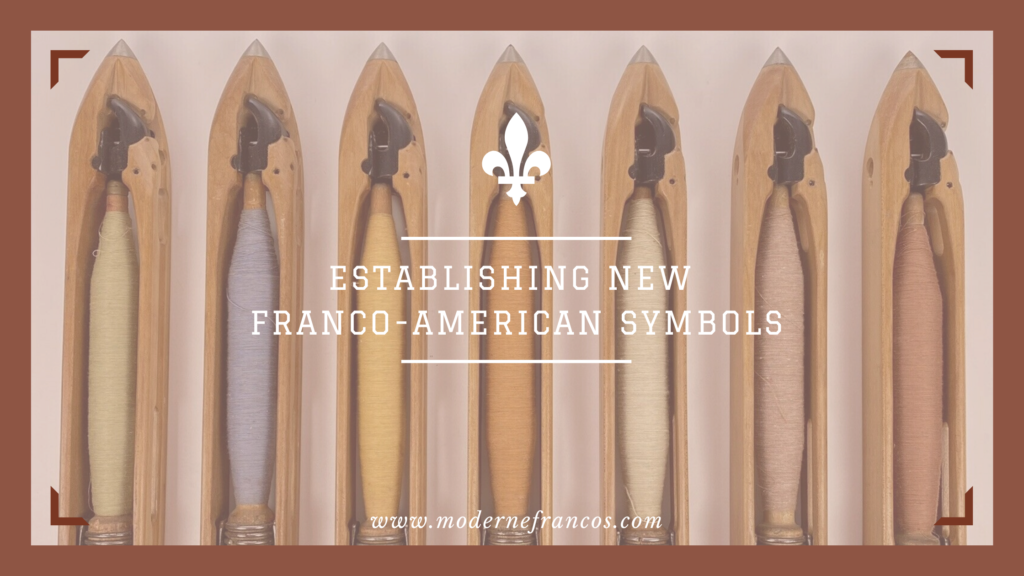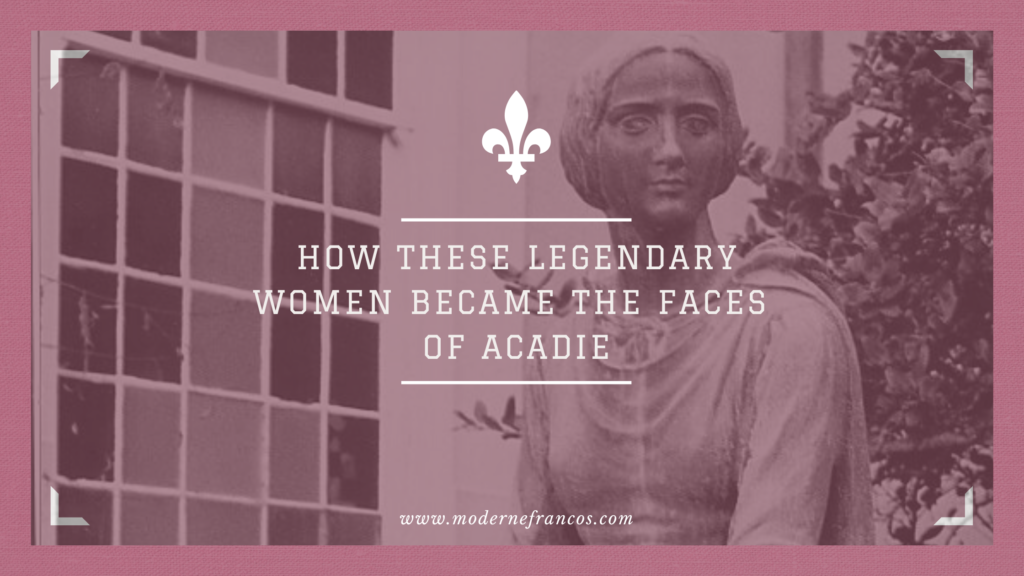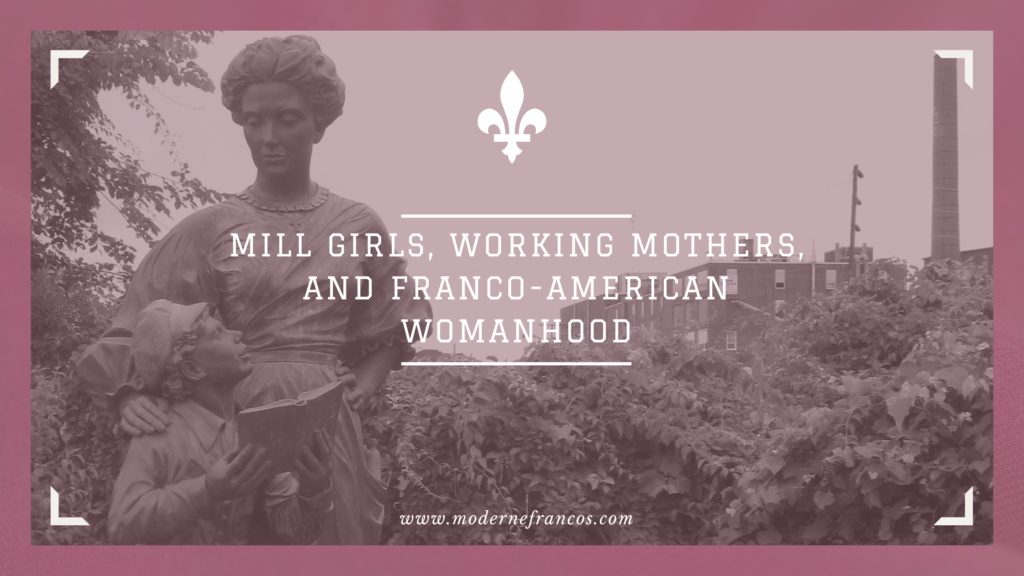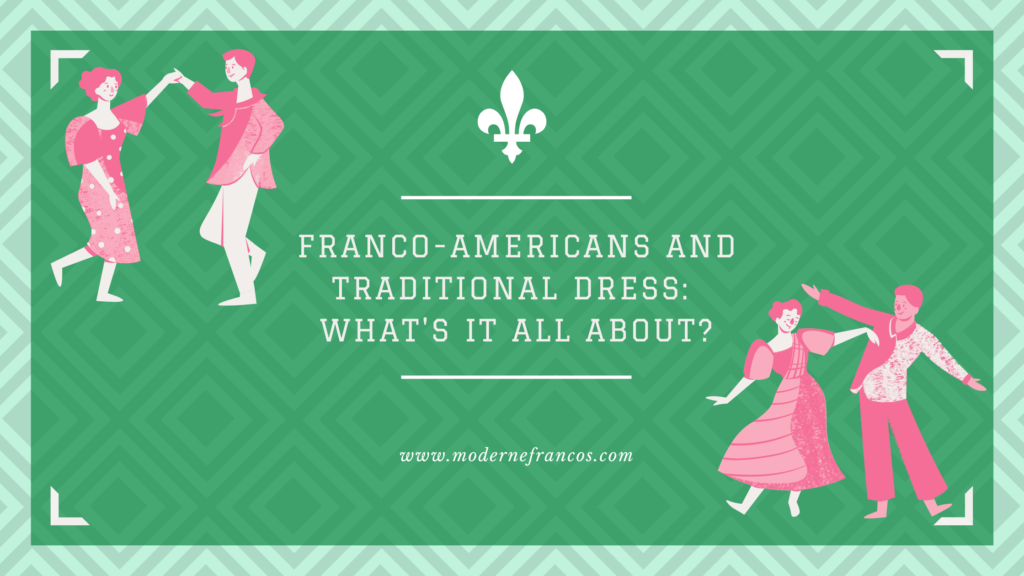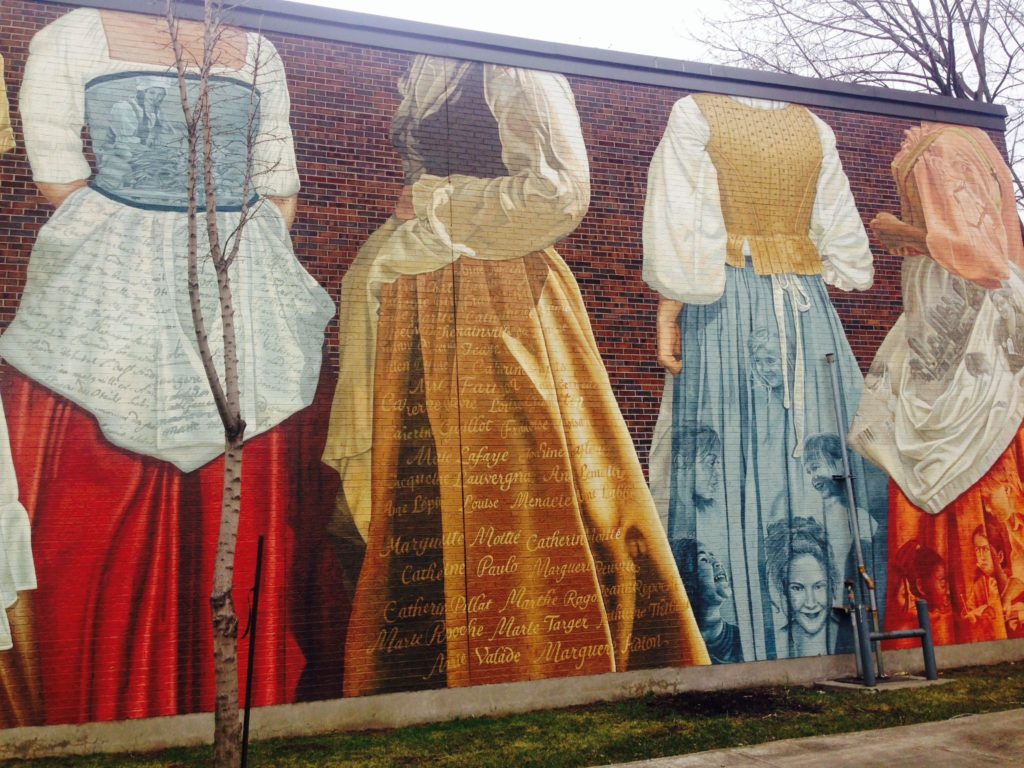
Grace Metalious was an American writer and author best known for her novel Peyton Place, a book controversial for her time but one of the best-selling works in publishing history. Her writing sprung her into the spotlight overnight, giving Grace the sought-after status of being a serious writer.
However, along with fame and fortune came destruction as the people around Grace took advantage of her finances. Of these situations, the ones that did the most damage included her publishing agent embezzling her money, Grace herself spending lavishly on so-called “friends,” and a lover who insisted that she spend more money than she should, causing her to lose most of her hard-earned fortune in the process.
Despite this, the novel became worth so much more and still stands the test of time, something that even Grace believed would never happen. This is the story of Grace Metalious, a woman turned housewife turned wealthy author, and how her legacy stands today.

